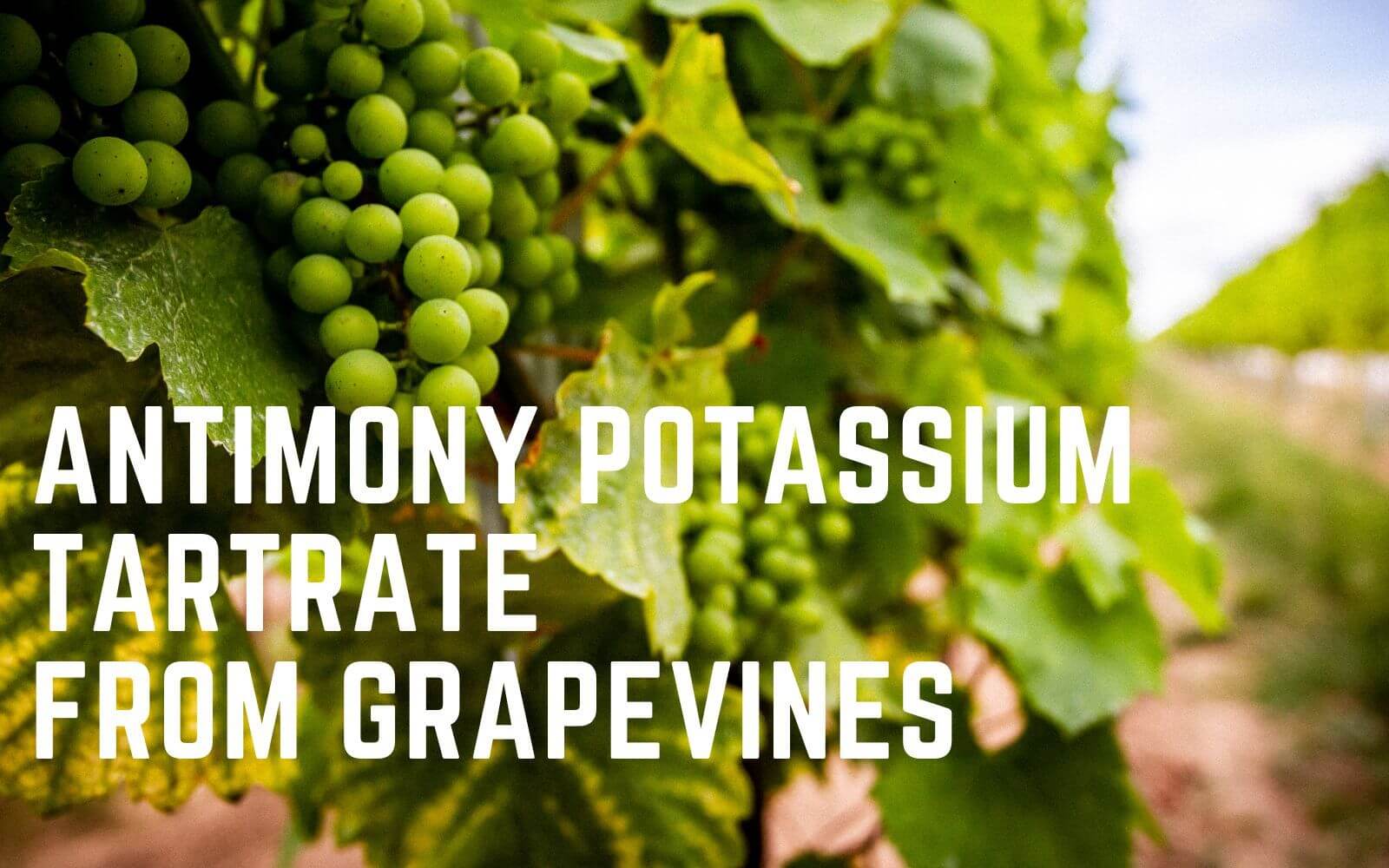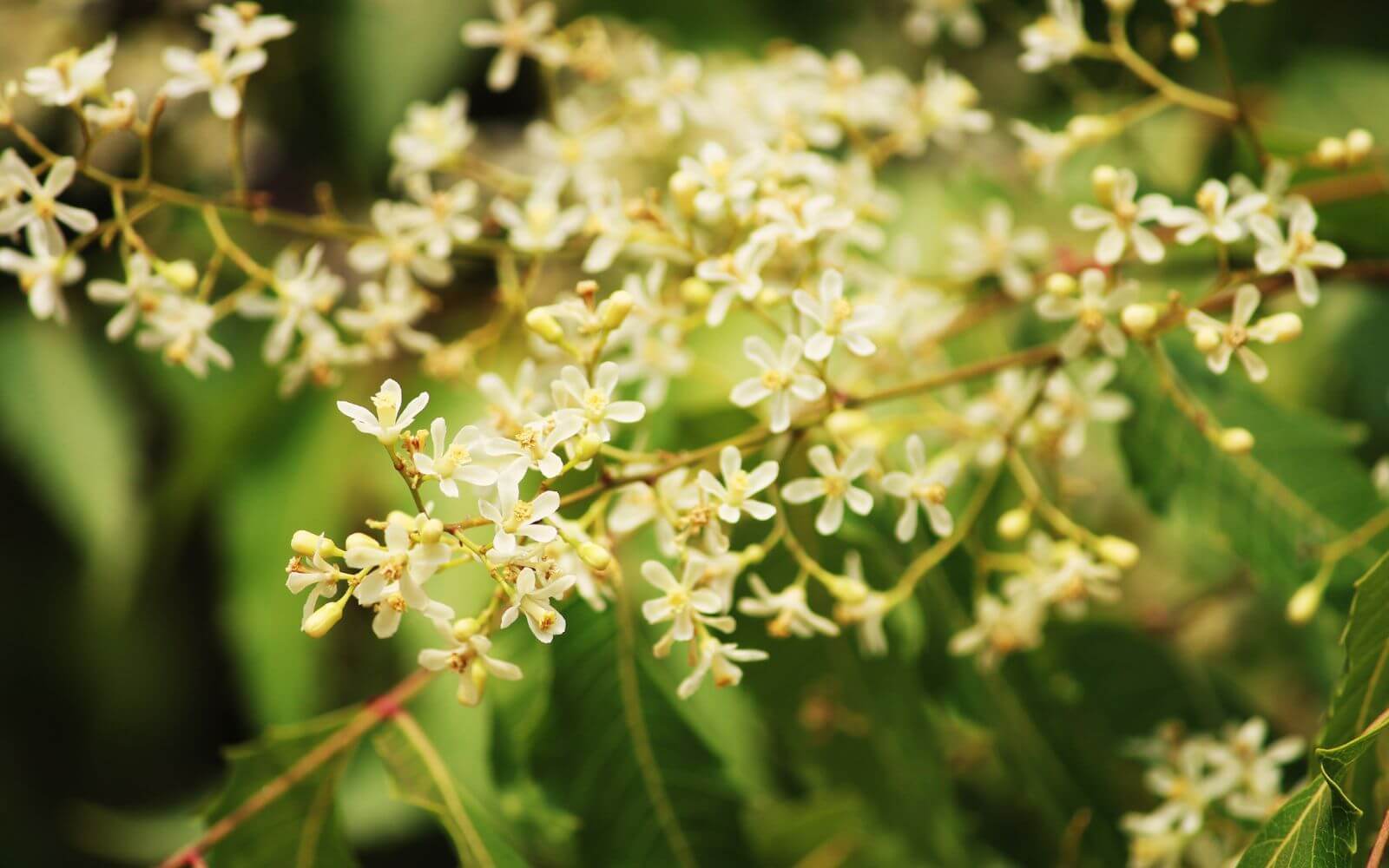
Tannins in wine production
You can find them in tea, cocoa, grapes and nuts. They are ingredients of some parts of plants and are known as herbal tanning agents. We are talking about tannins.
Red grapes in particular contain tannins: in the seeds, the stems and especially in the skin. Here they protect the grapes from putrefactive bacteria, for example.
Do you know that slightly numb feeling in your mouth when you eat grapes? Even if tannins do not have a real taste of their own, they are responsible for a slightly tart note and can cause a furry feeling on the oral mucosa. This is due to a chemical reaction associated with your saliva.
Herbal tanning agents are of particular importance in wine production. While only small amounts of tannin occur naturally in white wine, they play a far greater role in red wine. The tannins are particularly important for the quality of red wine. A distinction must be made here, however, in the structures of the tannins, because there are in fact over 30 different types.
Tannins get into the wine in different ways:
1. Through the mash fermentation
One way through which tannins get into the wine is so-called mash fermentation. This first fermentation takes place through the skins of the grapes. The tannins are extracted from the skin and give the wine its color, which can range from red to red-brown. The duration of the mash fermentation determines how much tannic acid is produced. The temperature also has a direct influence on it: the higher the temperature, the easier it is for the substances to loosen from the shell.
Of course, the tannin content also varies depending on which grape variety is used. It is also important to keep an eye on the degree of ripeness of the grapes – because despite the high sugar content in the fruit, the tannins can still take some time to ripen.
2. Through storage in oak barrels (barrique)
Tannins not only get into the wine through the grapes, but actually also through oak barrels, in which it is stored in order to continue to mature. New or rarely used barrels give off a particularly large amount of tannins to the wine.
Finally, in some cases, tannins are added to the wine as a “cosmetic agent” in order to avoid cloudiness later on.
Why does wine need tannins?
1. They make the wine more durable
A high tannin content ensures a longer shelf life for the wine, as the tannins bind the oxygen and prevent premature oxidation. The aromas are also retained for longer.
2. They give the wine its characteristic color
They ensure the beauty of the wine, make it clear and colorful.
3. Aroma
Tannins enable special wine aromas and real taste explosions. They give the wine slightly tart notes, make it more complex and full in taste.
In addition to wine production, tannins are used in leather tanning, paper sizing, ink production and much more.
We would be happy to advise you about tannin / tannic acid and offer you the following products from our range:





 4c media
4c media